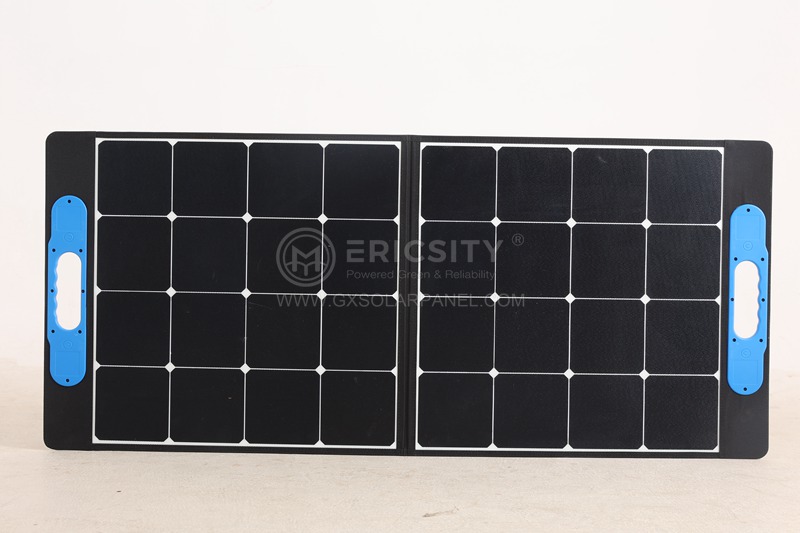HOT PRODUCT
Product Details
Decoding The Science Of ‘the’ Flexible Solar Panel: How It Generates Power
Decoding The Science Of ‘the’ Flexible Solar Panel: How It Generates Power
Solar panels have revolutionized the way we harness energy from the sun. Traditional solar panels, known as rigid or crystalline panels, have been widely used for decades. However, recent advancements in technology have led to the development of flexible solar panels, opening up new possibilities for incorporating solar power into our daily lives. In this article, we will delve into the science behind flexible solar panels and understand how they generate power.
Flexible solar panels utilize a thin, lightweight design that allows them to bend and curve, making them highly versatile compared to their rigid counterparts. The key to their flexibility lies in the materials used and their manufacturing process. Instead of using crystalline silicon, which is brittle and inflexible, flexible panels are made using thin-film solar cells. These cells are created by depositing multiple layers of photovoltaic material onto a flexible substrate such as plastic or metal foil.
One of the most commonly used materials for thin-film solar cells is amorphous silicon (a-Si). This material has unique properties that make it suitable for flexible panel production. Unlike crystalline silicon, amorphous silicon does not require a high-temperature manufacturing process, leading to reduced costs and energy consumption during production. Additionally, amorphous silicon is more tolerant to shade and low-light conditions, making it an ideal choice for real-world applications.


Another material used in flexible solar panels is copper indium gallium selenide (CIGS). CIGS has a high absorption coefficient, which means it can efficiently convert sunlight into electricity. Additionally, CIGS-based panels can be produced using a variety of methods, including roll-to-roll processes, enabling cost-effective mass production. This flexibility in manufacturing techniques further contributes to the affordability and scalability of flexible solar panels.
Flexible solar panels work on the same principle as traditional solar panels. When sunlight, made up of photons, strikes the surface of the panel, it is absorbed by the photovoltaic material. This absorption causes electrons within the material to become energized, creating a flow of current. To harness this current, the panel is connected to external circuitry, allowing the electricity to be used or stored for later use.
The efficiency of flexible solar panels varies depending on the specific materials used and the manufacturing process. Compared to rigid panels, flexible panels generally have slightly lower efficiencies. However, researchers are continuously working to improve the efficiency and durability of flexible solar panel technology. Higher efficiencies would allow for greater energy production and increase the viability of flexible panels for a wide range of applications.
One significant advantage of flexible solar panels is their lightweight and portable nature. Their flexibility allows them to be integrated into various surfaces, including curved roofs, RVs, boats, and even portable charging mats. This versatility has opened up new possibilities for solar power generation, enabling us to capture energy in locations that were previously unreachable.
Furthermore, the durability of flexible solar panels is another notable feature. These panels are designed to withstand bending, vibrations, and other external forces, making them more resistant to damage. They can also operate in diverse weather conditions, including high temperatures and strong winds, without compromising their performance.
In conclusion, the science behind flexible solar panels lies in the use of thin-film solar cells, such as amorphous silicon and copper indium gallium selenide. These materials, along with their unique manufacturing processes, contribute to the panels’ flexibility, versatility, and affordability. While their efficiency may be slightly lower compared to rigid solar panels, ongoing research and advancements aim to improve this aspect. With their lightweight design and durability, flexible solar panels are unlocking new possibilities for solar energy integration and paving the way for a more sustainable future.




